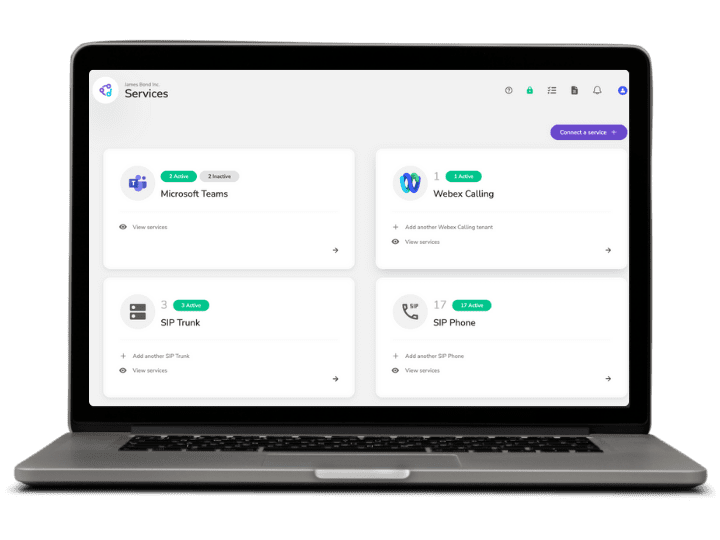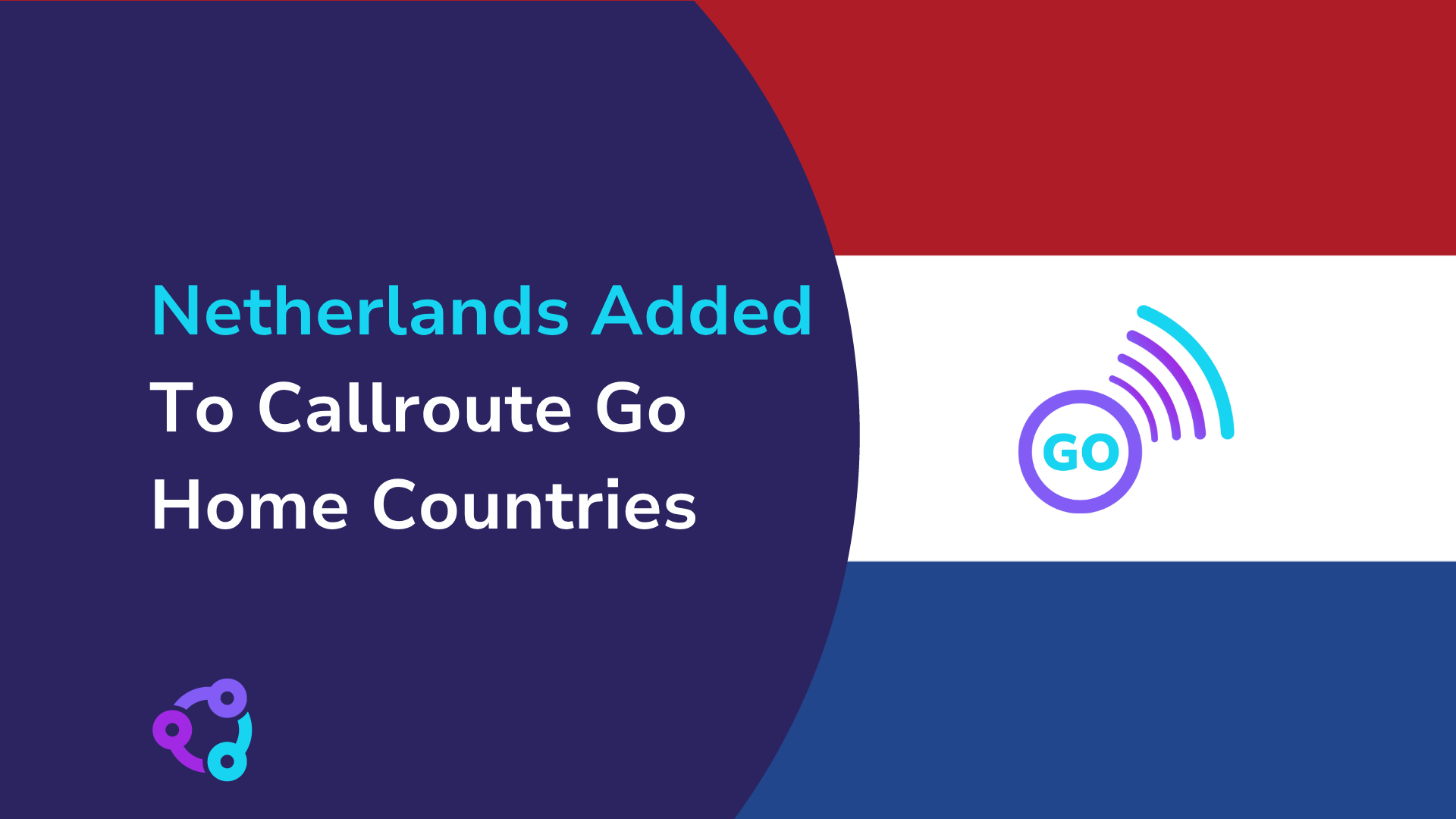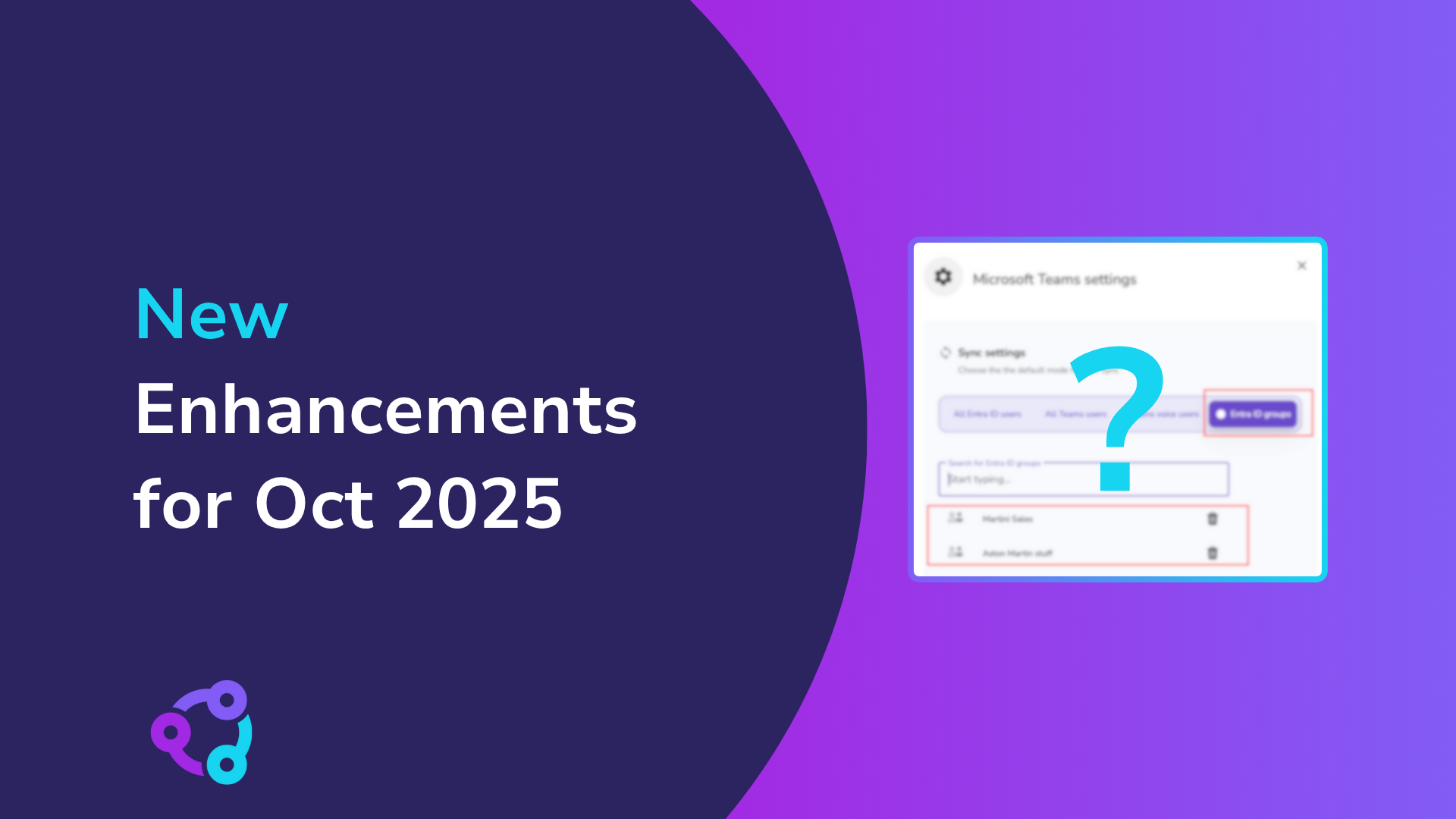Technology has vastly simplified the enablement of cloud voice services. Today we have lots of choices for turnkey cloud calling solutions. Microsoft, Google, and Zoom all offer their own out of the box calling solutions that from point of purchase to making a phone can be at the very basic level, just a few minutes.
Where cloud telephony gets complicated, is ironically when it has customers!
Enterprise telephony largely across the market have a mixture of different systems, with providers and systems performing different functions within the enterprise. For instance, PBX for backoffice calls, contact center, Analog phones, door access systems, tanoy etc.
With such a heterogenous environment, integrating a cloud service into your voice network or even migrating users to it requires calling integration across all your systems in order to maintain your company dial plan.
Choosing the right connectivity solution for your Teams calling service is therefore critical upfront decision.
Microsoft Teams Calling Options
Microsoft Teams Phone offers several ways to connect your organisation to the PSTN: Calling Plan, Operator Connect, and Direct Routing.
Each method serves a different use case. Calling Plan provides simplicity for small deployments; Operator Connect offers a managed, cloud-based carrier connection; and Direct Routing remains the most flexible option for hybrid and enterprise telephony.
Microsoft Calling Plans
Where available, organisations can choose new numbers or port existing ones directly to Microsoft.
Calling Plans work best for small-scale, single-region deployments with straightforward voice requirements.
For hybrid environments — such as where contact centres, analogue devices, or PBXs are still in use — Calling Plan alone is rarely sufficient. Integrating Teams users with these systems requires routing flexibility, which is where Direct Routing or Operator Connect come in.
Operator Connect
Operator Connect simplifies Teams telephony by connecting you directly to an approved Microsoft carrier partner through the cloud. There are now over 100 Operator Connect partners worldwide, expanding geographic reach and resilience.
Operator Connect is ideal when you want a fully managed PSTN service, but still want to retain your existing carrier relationship. However, it remains limited to Teams-native functionality — meaning non-Teams systems (e.g. PBX or SIP devices) still require integration via Direct Routing.
Direct Routing as a Service
Direct Routing as a Service (DRaaS) provides the flexibility of Direct Routing without the need to manage on-premises SBCs.
Cloud-based providers like Callroute host certified SBCs in the cloud, letting you connect any carrier to Teams via secure, Microsoft-certified connections.
This model combines the control of Direct Routing with the simplicity of a managed service — ideal for hybrid or multi-platform environments.
Direct Routing
For large or complex enterprises, Direct Routing continues to be the most powerful and flexible option.
It allows you to connect Teams to your existing PBXs, SIP trunks, or carriers via a certified Session Border Controller (SBC).
This model enables:
- Integration with legacy systems and analogue devices
- Full control over call routing, security, and compliance
- Support for multi-region or multi-tenant architectures
Direct Routing underpins true hybrid telephony — letting you keep what already works while extending Teams Phone across your business.
The operational cost of DIY direct routing far exceeds that of any other connectivity method, unless it can be simplified.
Platforms like Callroute build on Direct Routing by simplifying hybrid voice management through the cloud.
You can link multiple carriers, PBXs, and Teams tenants into a single orchestration layer — with automated provisioning, policy management, and number control all from one portal.
This approach lets enterprises modernise voice infrastructure at their own pace, reducing migration risk and cost while maintaining full operational control.
Challenges in Enterprise Communication Transformation
The problem with enterprise telephony is that, since its beginning, it’s always been treated as a once-in-a-decade project. The initial deployment is front-loaded with professional services to install and commission the system, followed by years of neglect.
Documentation is created, stored somewhere, and rarely touched again. Through staff changes, acquisitions, and shifting business priorities, that documentation becomes outdated — and by the time the enterprise is ready to migrate to a new system, no one really knows what they have or how the business uses its telephony.
Transforming telephony in an enterprise is therefore a huge challenge. Regardless of the strides technology has made in removing barriers, unless you understand how your business uses voice today, you can’t design or recommend the right solution for tomorrow. Doing so without that insight almost guarantees failure.
Common Challenges in a Telephony Migration Project
When you start peeling back the layers of complexity within a large enterprise, you realise that moving to Microsoft Teams — or any platform — requires consideration of numerous dependencies.
Not every project has the budget or scope to transform every element of the telephony estate at once.
You may only want to enable Teams for part of your user base, modernising the rest over time.
Breaking your transformation into small, manageable, and cost-efficient projects is often the best way forward.
Once you start to understand the depth of your environment, you can begin to design your way out of it.
Typical Challenges Enterprises Face
- Legacy carrier contracts – Existing agreements with PSTN or SIP providers remain one of the biggest barriers to progress. An agreement made years ago shouldn’t stop innovation, but it often does.
- Hardware investment – You may want to move to a cloud solution, yet the cost of Teams-certified SBCs for Direct Routing (often £8,000–£12,000 per unit) can be prohibitive. It doesn’t make sense to spend heavily on hardware just to maintain an existing PSTN contract.
- Infrastructure visibility – With users and services spread across different systems, telecoms admins often struggle to track where numbers are routed and who or what they’re assigned to. Many still rely on spreadsheets for number management.
- System integration – Ensuring global and integrated routing between systems like PBXs, contact centres, and Teams is complex. Each system requires configuration changes and interoperability testing.
- Operational readiness – Once migration is complete, how do your support teams maintain and manage the service? Operations are often overlooked, yet vital. You need processes and automation to handle joiners, movers, and leavers efficiently.
- Compliance and regulation – In-country voice compliance, local emergency routing, and number presentation rules add another layer of difficulty when scaling globally.
- User and change management – Telephony touches everyone in the business. Migration plans must consider communication, training, and staged rollouts to minimise disruption.
It’s a daunting prospect — and for many enterprises, these barriers make it easier to do nothing than to attempt transformation.
Removing Barriers to Progress
The key is to simplify transformation so it aligns with what’s affordable, achievable, and manageable for the business.
Start by auditing your existing voice environment. Understand where your carriers, numbers, and routing logic live. Then design a roadmap that supports hybrid operation — enabling Teams where it makes sense first, and migrating other systems over time.
Solutions like Callroute support this model by connecting existing PBXs, SBCs, and carriers to Microsoft Teams through the cloud. This allows organisations to migrate at their own pace, remove complexity, and modernise without rebuilding their entire telephony stack from scratch.
How Callroute Makes Moving to the Cloud Easy
Migrating enterprise telephony to the cloud doesn’t have to mean starting over. Callroute lets you keep what already works — your carriers, PBXs, and numbers — while unlocking the flexibility and scalability of Microsoft Teams Phone.
Built on Microsoft’s Direct Routing architecture, Callroute delivers Bring Your Own Carrier (BYOC) connectivity entirely from the cloud. That means no expensive on-premises SBCs, no carrier lock-in, and no lengthy provisioning cycles — just seamless, certified voice integration across all your systems.
What is Callroute?
Callroute is a cloud-based orchestration and routing platform that connects all your voice services into one simplified environment.
- Connect any carrier: Bring your existing SIP trunks directly to the Callroute cloud for fully supported Direct Routing to Microsoft Teams.
- Integrate legacy systems: Link existing PBXs, call managers, contact centres, and SIP gateways — if it supports SIP, we can connect it.
- Enable hybrid voice: Keep on-premises systems and Teams users in sync, with intelligent on-net routing for internal calls.
- Simplify management: Assign numbers, manage carriers, and set routing policies through a single web portal — no complex scripts required.
- Scale globally: Add new carriers, tenants, or phone systems on demand, without downtime or new infrastructure.
This gives you a unified global voice network — combining flexibility, visibility, and control in one cloud-based platform.
Why Enterprises Choose Callroute
- Speed: Connect Teams to your existing telephony environment in hours, not weeks.
- Cost efficiency: Eliminate the need for new SBC hardware or costly professional services.
- Simplicity: Manage all voice services through a self-service portal with intuitive automation.
- Continuity: Keep legacy systems and cloud services operating side-by-side during transition.
- Compliance: Ensure in-country routing and emergency calling requirements are met everywhere you operate.
Whether you’re starting a proof of concept or executing a full global rollout, Callroute makes it easy to modernise telephony on your terms and at your pace.
Building Your Own Voice Cloud – Enabling PoC with Minimal Cost
In the simplest scenario — where you just want to trial Teams Voice without committing to major investment — Callroute makes it effortless.
With our Bring Your Own SBC service, you can connect any existing SBC or SIP gateway directly to the Callroute cloud. Using secure SIP (TLS or UDP) connections, our automated Teams gateway integration establishes a Microsoft-certified Direct Routing connection to your Teams tenant.
Once connected, Callroute securely routes calls between your SBC and Teams in a fully supported, compliant, and low-touch way.
By making small adjustments to your on-premises routing, you can direct selected numbers through Callroute to Teams — allowing you to proof-of-concept Teams Voice using your existing carrier services with:
- Zero disruption to business-as-usual
- No new hardware investment
- Minimal software or professional services cost
Through Callroute’s user-friendly portal, your service desk can instantly assign Teams Voice services and manage users without needing PowerShell or advanced telephony skills.
Consolidate Services in the Cloud
Once Teams becomes a permanent part of your business voice strategy, the next step is reducing on-premises dependencies and moving your telephony fully into the cloud.
With Callroute Bring Your Own Carrier (BYOC), you can converge all carrier connections directly into the Callroute cloud — eliminating the need for physical phone lines and on-prem PSTN gateways.
Your existing PBXs, contact centres, and SIP or analog devices can connect to Callroute’s BYO PBX gateway, giving them access to your cloud PSTN and Teams simultaneously.
Calls between on-premises systems and Teams users route on-net through Callroute, even when they use different carriers.
Cross-system extension dialling is now supported, making collaboration between Teams and legacy systems simple and seamless.
When you’re ready to migrate users, you can move them between systems instantly by reassigning numbers in Callroute.
All Teams number and policy assignments are automated, so moving to Teams is truly point-and-click.
Extend When You Want
Transformation isn’t a one-time project — it’s an evolving process. As your business changes, Callroute grows with you.
When you’re ready to move other systems, such as your contact centre, to the cloud, you can connect it to Callroute for inbound and outbound call delivery. Whether it’s a standalone contact centre or integrated with Teams, Callroute ensures interoperability.

Agents can transfer calls between the contact centre and other telephony services with ease, maintaining consistent call handling across platforms.
As you expand, you can connect new carriers, SBCs, PBXs, Teams tenants, or UCaaS platforms — all without complex reconfiguration. Simply plug in your new service, and Callroute instantly integrates it into your global voice network.

This flexibility is invaluable during mergers and acquisitions. If your company acquires another, you can integrate their telephony system into your Callroute cloud immediately, enabling cross-domain communication while maintaining business continuity. From there, you can consolidate services and users gradually — without disruption.
Final Thoughts
In today’s fast-moving business landscape, enterprises need voice solutions that offer flexibility, adaptability, and lasting value. With Callroute at the centre of your telephony ecosystem, you can evolve your services continuously — without large-scale migration projects or costly re-engineering.
Your infrastructure, your carriers, your timing. Callroute simply makes it work — seamlessly, intelligently, and at your pace.
If you’d like to see Callroute in action, book a demo to explore how we simplify Microsoft Teams hybrid telephony.






